David G. Armstrong
Beyond Labels: Zero-Shot Diabetic Foot Ulcer Wound Segmentation with Self-attention Diffusion Models and the Potential for Text-Guided Customization
Apr 24, 2025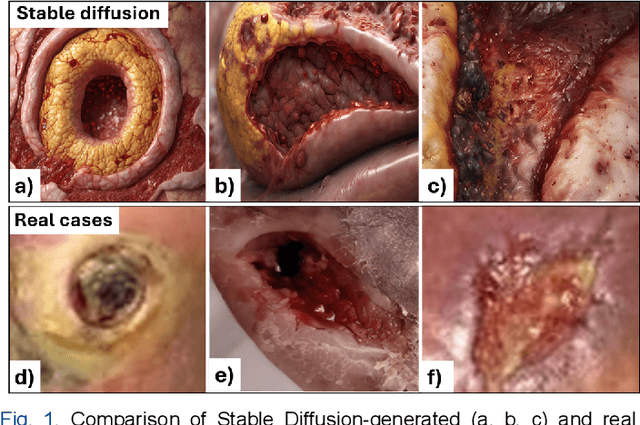
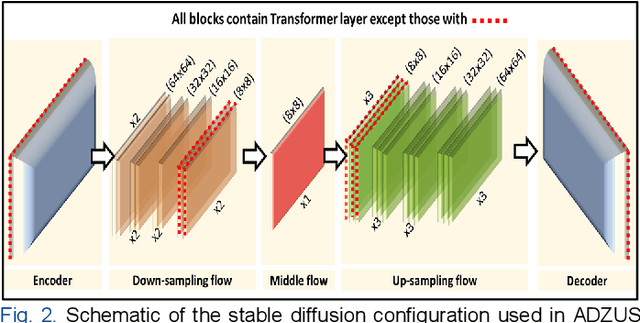
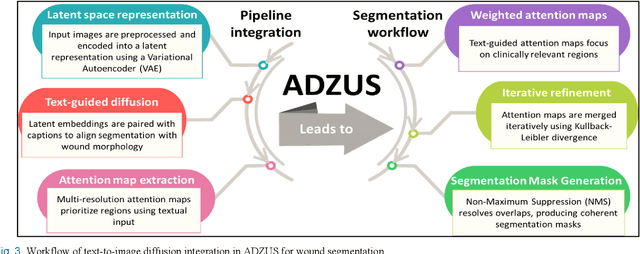
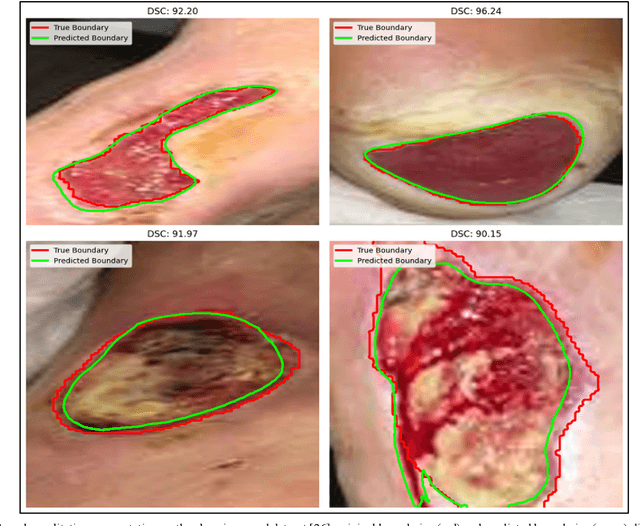
Abstract:Diabetic foot ulcers (DFUs) pose a significant challenge in healthcare, requiring precise and efficient wound assessment to enhance patient outcomes. This study introduces the Attention Diffusion Zero-shot Unsupervised System (ADZUS), a novel text-guided diffusion model that performs wound segmentation without relying on labeled training data. Unlike conventional deep learning models, which require extensive annotation, ADZUS leverages zero-shot learning to dynamically adapt segmentation based on descriptive prompts, offering enhanced flexibility and adaptability in clinical applications. Experimental evaluations demonstrate that ADZUS surpasses traditional and state-of-the-art segmentation models, achieving an IoU of 86.68\% and the highest precision of 94.69\% on the chronic wound dataset, outperforming supervised approaches such as FUSegNet. Further validation on a custom-curated DFU dataset reinforces its robustness, with ADZUS achieving a median DSC of 75\%, significantly surpassing FUSegNet's 45\%. The model's text-guided segmentation capability enables real-time customization of segmentation outputs, allowing targeted analysis of wound characteristics based on clinical descriptions. Despite its competitive performance, the computational cost of diffusion-based inference and the need for potential fine-tuning remain areas for future improvement. ADZUS represents a transformative step in wound segmentation, providing a scalable, efficient, and adaptable AI-driven solution for medical imaging.
Diabetic Foot Ulcer Grand Challenge 2021: Evaluation and Summary
Nov 19, 2021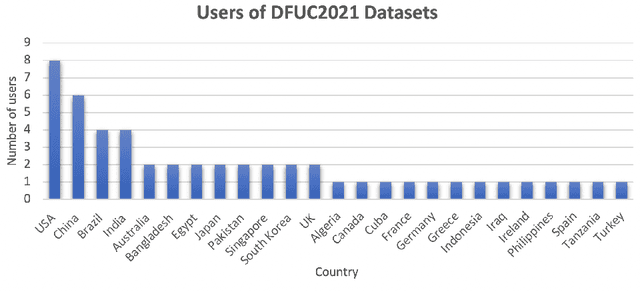



Abstract:Diabetic foot ulcer classification systems use the presence of wound infection (bacteria present within the wound) and ischaemia (restricted blood supply) as vital clinical indicators for treatment and prediction of wound healing. Studies investigating the use of automated computerised methods of classifying infection and ischaemia within diabetic foot wounds are limited due to a paucity of publicly available datasets and severe data imbalance in those few that exist. The Diabetic Foot Ulcer Challenge 2021 provided participants with a more substantial dataset comprising a total of 15,683 diabetic foot ulcer patches, with 5,955 used for training, 5,734 used for testing and an additional 3,994 unlabelled patches to promote the development of semi-supervised and weakly-supervised deep learning techniques. This paper provides an evaluation of the methods used in the Diabetic Foot Ulcer Challenge 2021, and summarises the results obtained from each network. The best performing network was an ensemble of the results of the top 3 models, with a macro-average F1-score of 0.6307.
 Add to Chrome
Add to Chrome Add to Firefox
Add to Firefox Add to Edge
Add to Edge